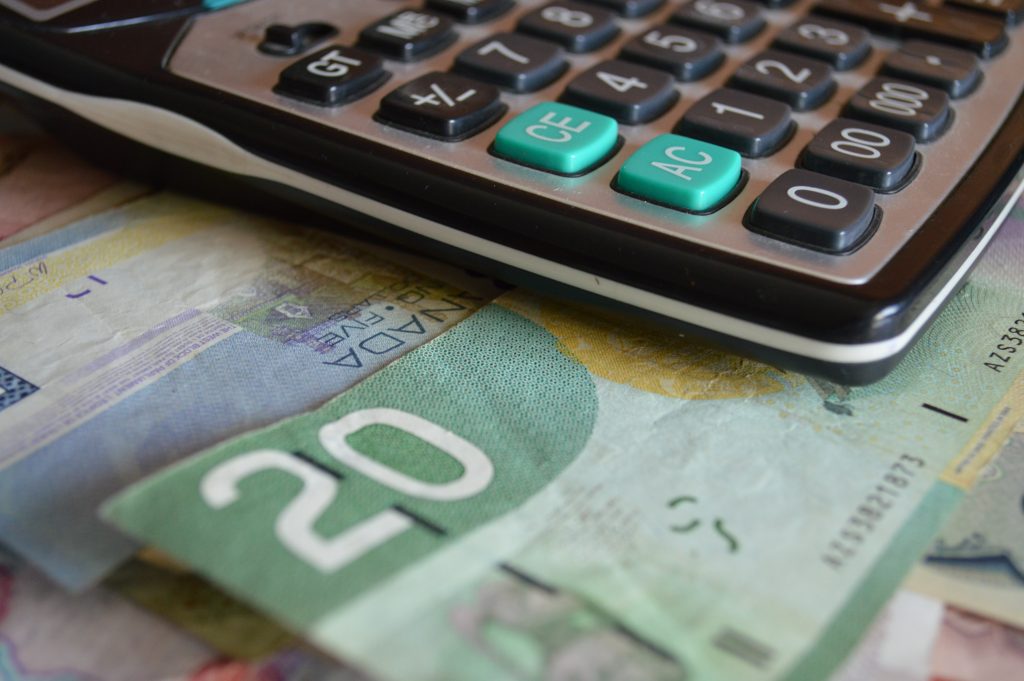
Most people have many different kinds of expenses to consider when making a budget. When looking at your expenses, separate them into 2 categories: Fixed or Flexible.
FIXED Expenses are the expenses…
‘These are the expenses you cannot cut out of your budget. These include things like hydro, food and housing. These expenses are needs or necessities and must be paid each month. Medical and health expenses are also considered needs, as well as basic clothing items, and if you live in Manitoba, warm winter items like a coat and boots. Paying creditors and emergency savings should also be considered a fixed expense.
FLEXIBLE Expenses change from month to…
These expenses change from month to month. They are the wants or “nice to have” things in life but are not essential. Flexible expenses include things like entertainment, toys, hobby supplies, alcohol, tobacco and any new unnecessary items like clothing or shoes. Flexible expenses are the items that are easiest to decrease or eliminate from your spending. Any small everyday purchases fall under the flexible expense category.
When budgeting your money, the fixed expenses must be paid first. Included in these expenses should be money set aside for occasional expenses, or expenses that are not paid very often.
Handling annual and occasional expenses
There are a variety of important expenses that are not paid monthly. Because they are not paid every month, planning is necessary to ensure the money is available when they are due. Try to set some money aside each month and put it into a separate savings account as part of your budget plan. When the expenses come due, pay out of this account.
Here is a chart of how to calculate how much money to set aside in savings each month to be ready for occasional expenses when they come up. Use the previous year’s expenses in your calculation.
| Calculating for annual and occasional expenses | |||
|---|---|---|---|
| Expense Type | Payment frequency | To calculate annual expense amount | Total Annual Cost |
| Annual | 1 time/year | Payment amount | |
| Semi-annual | 2 times/year | Payment amount x2 | |
| Quarterly | 4 times/year | Payment amount x4 | |
| Irregular and unexpected | Paid as needed | Use total of last year’s amount | |
| TOTAL | Add all annual expense amounts | Total Annual $ Expense | |
| Using the Total Annual Expense calculated, divide by 12 to find the amount to save each month to be ready for these expenses. | |||
| Add this savings amount to your monthly budget calling it Savings for Annual Expenses. | |||
For example, if you know you will pay $200 to Autopac for vehicle insurance four times per year, calculate the annual amount of this expense:
$200 x 4 = $800 total for the year
Now divide this yearly total by 12 to calculate the amount to save each month to be ready for the expense:
$800 / 12 = $67/month
Examples of occasional expenses:
Annual expenses (paid 1X per year) include income tax, property taxes, property/contents insurance, fishing and hunting licenses, membership dues.
Semi-annual expenses (paid 2X per year) may include things like tuition, driver’s licence and house insurance.
Quarterly expenses (paid 4X per year) may include vehicle insurance, water/sewage bill and Blue Cross or other private health insurance plans.
Irregular and Unexpected expenses are generally emergency and maintenance expenses that come up and need to be paid. They include unplanned expenses like car repairs, new appliances, emergency dental and home repairs, etc. They are difficult to plan for, but to estimate what this expense might be for the year, use the total from the previous year and make an educated guess. It is a good idea to build up an emergency fund of savings that will enable you to meet unexpected expenses when they happen, so include them in the calculation of what to save each month.
Expense Payment Strategies
Turn annual payments into smaller, more frequent payments. There are some large annual payments that will accommodate for you to make more frequent, smaller regular payments. For example, property taxes (which are an annual expense) can be set up to be paid semi-annually or monthly. For some families, setting up monthly payments is a good option as it can be difficult to save throughout the year for one large payment.
Spread your monthly bills throughout the month. If you find all of your bills are due on the same day each month, call the utility companies, or other creditors to ask if you can move them to a different day. It is easier to manage a few expenses at a time and spread bill payments throughout the month. This is especially helpful if you are paid twice a month so you can pay a few expenses out of each pay period.
If you have the cash flow, use a points credit card to make bill payments. If you manage your credit well and are able to pay off your credit card in full each month, there is potential to earn points (which can translate into free groceries or merchandise) with your regular bill payments. Only use this option if you are certain you have enough cash flow to pay off the credit card each month.
Read these articles next:
Tracking Expenses and Record Keeping
Saving Money: How Much and What For






